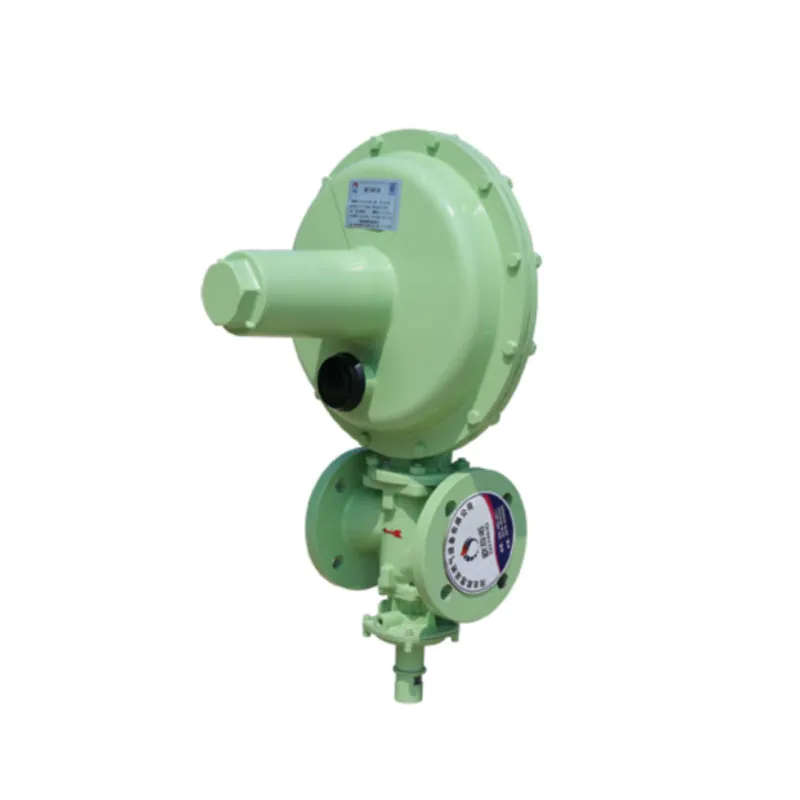
Nov . 11, 2024 08:06
Back to list
natural gas filtration
Natural Gas Filtration Ensuring Purity and Efficiency
Natural gas, a crucial energy source for heating, electricity generation, and as a fuel for vehicles, must be of high purity to ensure safety and efficiency in its usage. Filtration is a vital process in the natural gas industry, designed to remove impurities and contaminants that can affect the performance of equipment and the environment. This article explores the importance of natural gas filtration, the common contaminants encountered, and the various filtration technologies employed to ensure the delivery of high-quality gas.
Importance of Natural Gas Filtration
Filtration is essential in maintaining the integrity of natural gas systems. Impurities such as water, particulate matter, hydrogen sulfide, carbon dioxide, and other hydrocarbons can cause a range of issues. Water can lead to the formation of hydrates, which may clog pipelines and valves. Solid particulates can cause wear and tear on pumps and compressors, leading to increased maintenance costs and potential system failures. Hydrogen sulfide, a toxic compound, poses significant health risks and can corrode equipment if not removed. By implementing effective filtration systems, companies can minimize operational risks, reduce maintenance costs, and ensure compliance with environmental regulations.
Common Contaminants in Natural Gas
Natural gas typically contains several contaminants, including
1. Water Vapor Water in gas streams can cause various operational problems, including corrosion and hydrate formation. 2. Particulate Matter Dust, sand, and other solids can enter gas pipelines during extraction and transportation. 3. Hydrogen Sulfide (H2S) This toxic gas is often present in sour natural gas and requires careful removal due to its harmful effects. 4. Carbon Dioxide (CO2) Present in varying concentrations, CO2 can affect the heating value of natural gas and contribute to greenhouse gas emissions. 5. Heavy Hydrocarbons Compounds such as C5+ can condense in the pipeline and cause blockages.
Filtration Technologies
natural gas filtration

Various technologies are employed to filter out these contaminants effectively. The most common methods include
1. Mechanical Filtration This uses physical barriers, such as filters and screens, to remove particulate matter. Mechanical filters are often the first line of defense in natural gas processing.
2. Chemical Absorption This method involves using chemicals that react with specific contaminants, such as hydrogen sulfide and carbon dioxide. Common absorbents include amines, which can selectively remove acid gases, improving gas quality.
3. Membrane Separation This technology utilizes selective permeable membranes to separate contaminants from natural gas streams. Membrane filtration is particularly effective for removing water vapor and CO2.
4. Cryogenic Separation In some applications, natural gas is cooled to extremely low temperatures to condense and separate heavier hydrocarbons and impurities. This method is commonly used to produce liquefied natural gas (LNG).
Conclusion
Natural gas filtration is a critical component of the production and transportation of gaseous fuels. By effectively removing contaminants, filtration systems enhance the safety, efficiency, and environmental sustainability of natural gas utilization. As the demand for clean energy sources continues to rise, advancements in filtration technologies will play a pivotal role in ensuring that natural gas remains a viable and safe energy option for the future. As industry standards evolve and regulations become more stringent, the emphasis on high-quality filtration will be an integral part of natural gas operations for years to come.
Latest news
-
Safety Valve Spring-Loaded Design Overpressure ProtectionNewsJul.25,2025
-
Precision Voltage Regulator AC5 Accuracy Grade PerformanceNewsJul.25,2025
-
Natural Gas Pressure Regulating Skid Industrial Pipeline ApplicationsNewsJul.25,2025
-
Natural Gas Filter Stainless Steel Mesh Element DesignNewsJul.25,2025
-
Gas Pressure Regulator Valve Direct-Acting Spring-Loaded DesignNewsJul.25,2025
-
Decompression Equipment Multi-Stage Heat Exchange System DesignNewsJul.25,2025

